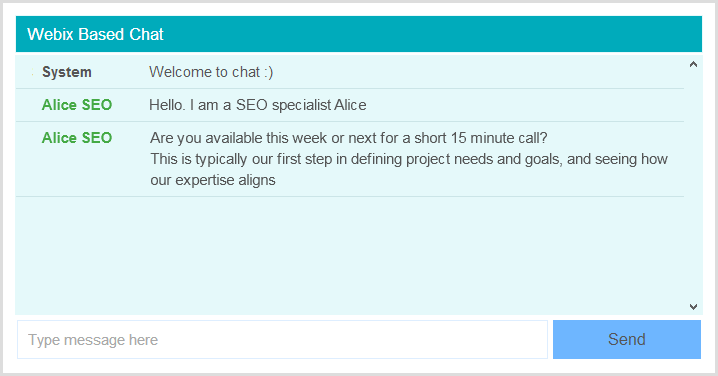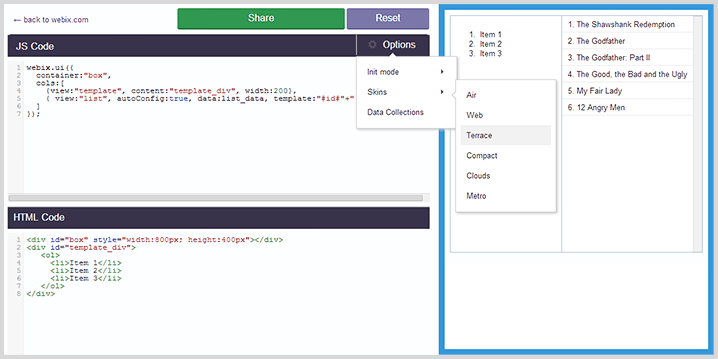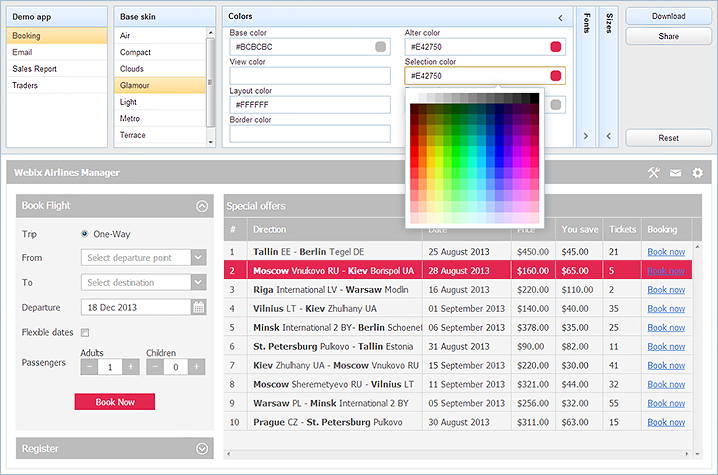What the purpose is
Modern web apps can be rather complicated. It’s not uncommon that a single page can consume data from multiple sources, part of which can be provided by third party API or by a related application that resides on some other site. And that is where a problem occurs. A page hosted on one domain can’t access data from a different domain.
For example, if you have a page hosted on //app.mydomain.com, which tries to load data from the //data.mydomain.com, the data loading will fail. Any browser blocks such kind of data loading operation for safety reasons. Moreover, a request to a different port, such as //app.mydomain.com:5000 for example, will be blocked as well. URLs pointing to the same domain but to different ports are treated as URLs pointing to different domains.



